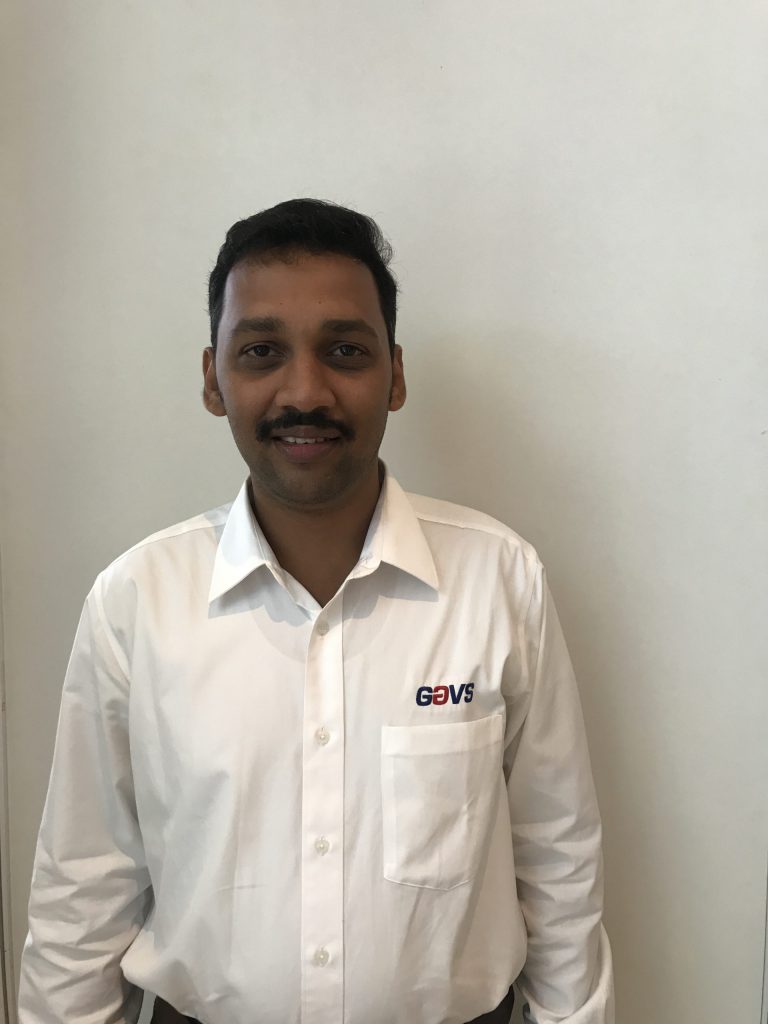
Assess Your Organization’s Maturity in Adopting AIOps


Artificial Intelligence for IT operations (AIOps) is adopted by organizations to deliver tangible Business Outcomes. These business outcomes have a direct impact on companies’ revenue and customer satisfaction.
A survey from AIOps Exchange 2019, reports that 84% of Business Owners who attended the survey, confirmed that they are actively evaluating AIOps to be adopted in their organizations.
So, is AIOps just automation? Absolutely NOT!!
Artificial Intelligence for IT operations implies the implementation of true Autonomous Artificial Intelligence in ITOps, which needs to be adopted as an organization-wide strategy. Organizations will have to assess their existing landscape, processes, and decide where to start. That is the only way to achieve the true implementation of AIOps.
Every organization trying to evaluate AIOps as a strategy should read through this article to understand their current maturity, and then move forward to reach the pinnacle of Artificial Intelligence in IT Operations.
The primary Success Factor in adopting AIOps is derived from the Business Outcomes the organization is trying to achieve by implementing AIOps –that is the only way to calculate ROI.
There are 4 levels of Maturity in AIOps adoption. Based on our experience in developing an AIOps platform and implementing the platform across multiple industries, we have arrived at these 4 levels. Assessing an organization against each of these levels helps in achieving the goal of TRUE Artificial Intelligence in IT Operations.
Events, logs are generated in silos and collected from various applications and devices in the infrastructure. These are used to generate alerts that are commissioned to command centres to escalate as per the SOPs (standard operating procedures) defined. The engineering teams work in silos, not aware of the business impact that these alerts could potentially create. Here, operations are very reactive which could cost the organization millions of dollars.
Have integrated all events, logs, and alerts into one central locale. ITSM process has been unified. This helps in breaking silos and engineering teams are better prepared to tackle business impacts. SOPs have been adjusted since the process is unified, but this is still reactive incident management.
Machine Learning algorithms (either supervised or unsupervised) have been implemented on the unified data to derive insights. There are baseline metrics that are calibrated and will be used as a reference for future events. With more data, the metrics get richer. IT operations team can correlate incidents/events with business impacts by leveraging AI & ML. If Mean Time To Resolve (MTTR) an incident has been reduced by automated identification of the root cause, then the organization has attained level 3 maturity in AIOps.
The pinnacle of AIOps is level 4. If incidents and performance degradation of applications can be predicted by leveraging Artificial Intelligence, it implies improved application availability. Autonomousremediation bots can be triggered spontaneously based on the predictive insights, to fix incidents that are prone to happen in the enterprise. Level 4 is a paradigm shift in IT operations – moving operations entirely from being reactive, to becoming proactive.
As IT operations teams move up each level, the essential goal to keep in mind is the long-term strategy that needs to be attained by adopting AIOps. Artificial Intelligence has matured over the past few decades, and it is up to AIOps platforms to embrace it effectively. While choosing an AIOps platform, measure the maturity of the platform’s artificial intelligent coefficient.

“An evangelist of Zero Incident FrameworkTM, Anoop has been a part of the product engineering team for long and has recently forayed into product marketing. He has over 14 years of experience in Information Technology across various verticals, which include Banking, Healthcare, Aerospace, Manufacturing, CRM, Gaming, and Mobile. “
Please complete the form details and a customer success representative will reach out to you shortly to schedule the demo. Thanks for your interest in ZIF!